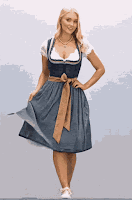Amateur usage of Super 8 has been largely replaced by video, but the format is sometimes used by professionals trying to imitate the look of old home movies, or create a stylishly grainy look. Until 1999, the University of Southern California's famous School of Cinema-Television required students to shoot their initial projects using Super 8, but the dwindling availability of equipment and processing facilities eventually forced the school to switch these classes to Digital Video. However the film is still used elsewhere by film students who wish to learn the basics of shooting film. Super 8 is supplied in a light proof cartridge, the design of which allows it to be inserted into a camera without directly threading the film, which made the format even more user-friendly.















































